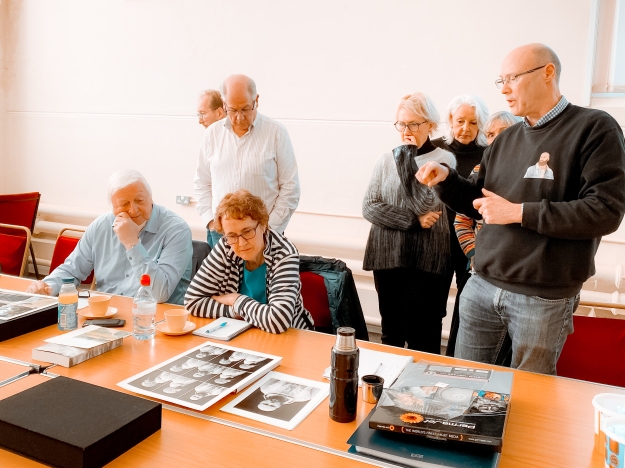
Fig.1 Thames Valley group, January meeting. (2020 )
For this workshop, John Umney, an ex OCA student and long term print enthusiast came to give us some help with printing issues. However, the discussion also ranged far and wide on other subjects, some of which will also be covered in this post. The main points about the print process itself are listed in bullet point format below.
Basic print techniques
- Understand why you like the aesthetic that you do.
- Have a basic printer/paper mix that is reliable. You can work outwards from that, but it’s handy to have a go to combination that you know works well.
- Have a defined print process that stays the same every time.
- You should able to straightforwardly reproduce any of your prints
- Good idea to record print settings for each print, in case you want to clean the print nozzles regularly, ideally every week.
- Reproduce it later.
- Use Photoshop for centering on paper. It’s better than Lightroom.
- Calibrate your screen regularly, ideally before making every print. Remember to put the recalibrated profile into the print directions. (Something I had not been doing previously.
- Matt paper tends to under-represent blacks.
- Ideally, have a dedicated screen for print-work, with masking around it to keep out the light.
- If you are having problems with printing on thicker paper, clean the print rollers.
More advanced stuff
- Think about your intent. What do you want to say with the print? The size of the margins affects how the whole print is viewed. If they are too large, the margins become more important than the image.
- The exact colour of paper is important to the final look. B&W images look best on ivory paper, not white. The aesthetic of a print can change significantly depending on the paper that is used.
- After moving some prints around the room, it is very clear that lighting hugely affects how we see a print. Lighting is something that cannot be controlled in the same way as other elements of the print, even in dark gallery spaces, as their lighting tends to be standard, rather than altered for each exhibition. Sunlight and different times of day can also alter the look enormously. There is not much you can do about this.
Finally, we had a discussion on the difference between art and craft, after John said that some of his work was art and other pieces were craft. He felt that craft involved the technical understanding and facility with which one approaches the work, while art is about narrative, contextualisation and intent/meaning. This is something I need to think through further at a later date, as I am not sure about whether I agree. With craft being traditionally more aligned with women’s work and art with man’s work, are some women’s creations being labelled as craft without understanding the background and thoughts that have gone into those creations?
References
Fig.1 Woodward, H. (2020) Thames Valley Group, January meeting. [photograph] In possession of: the author.

